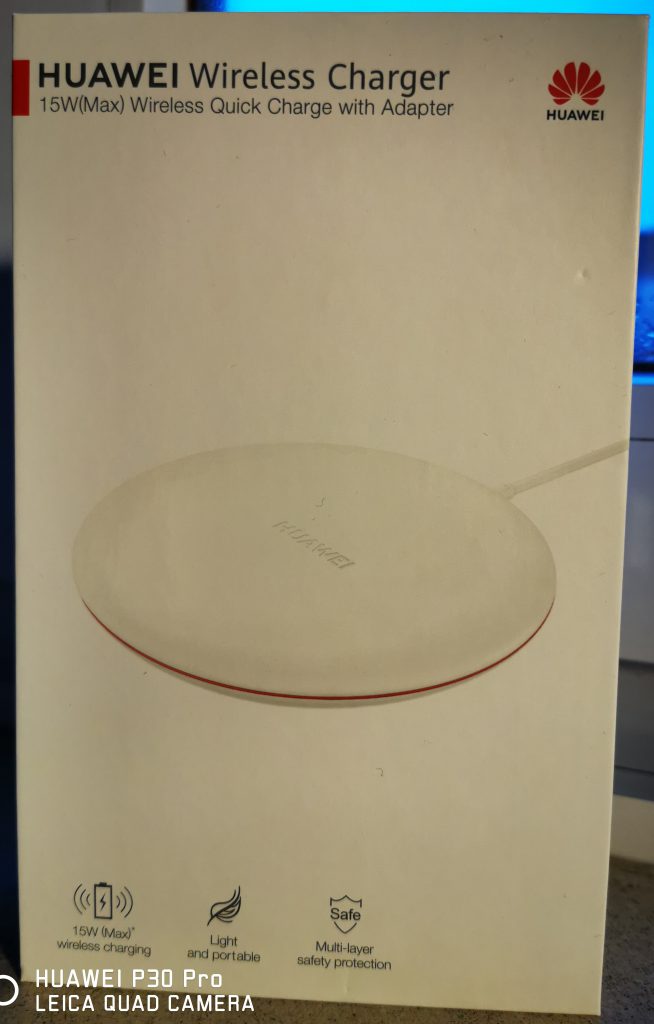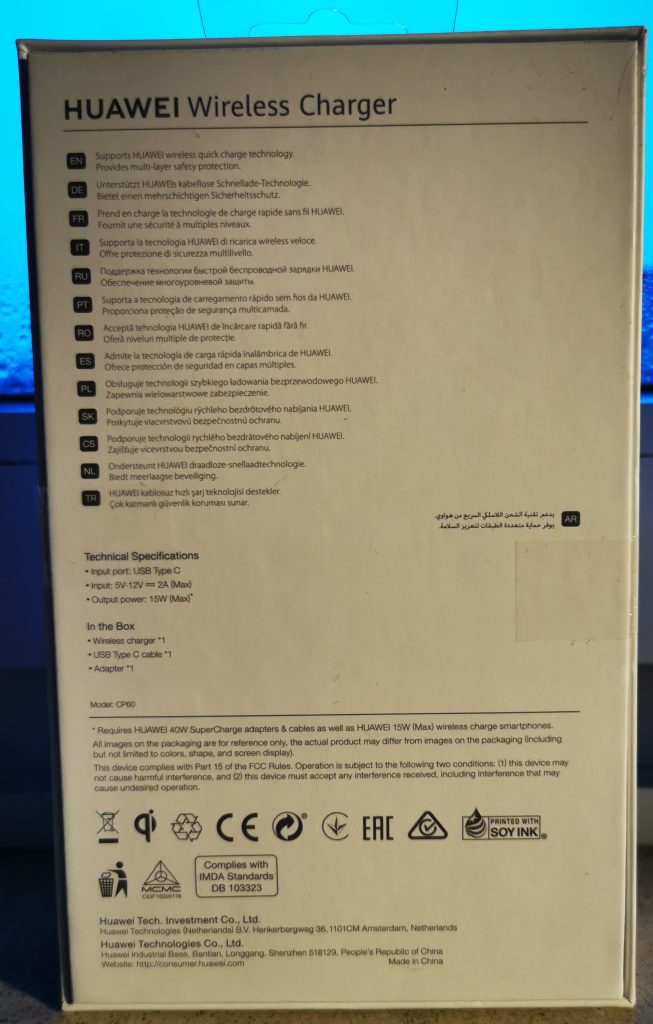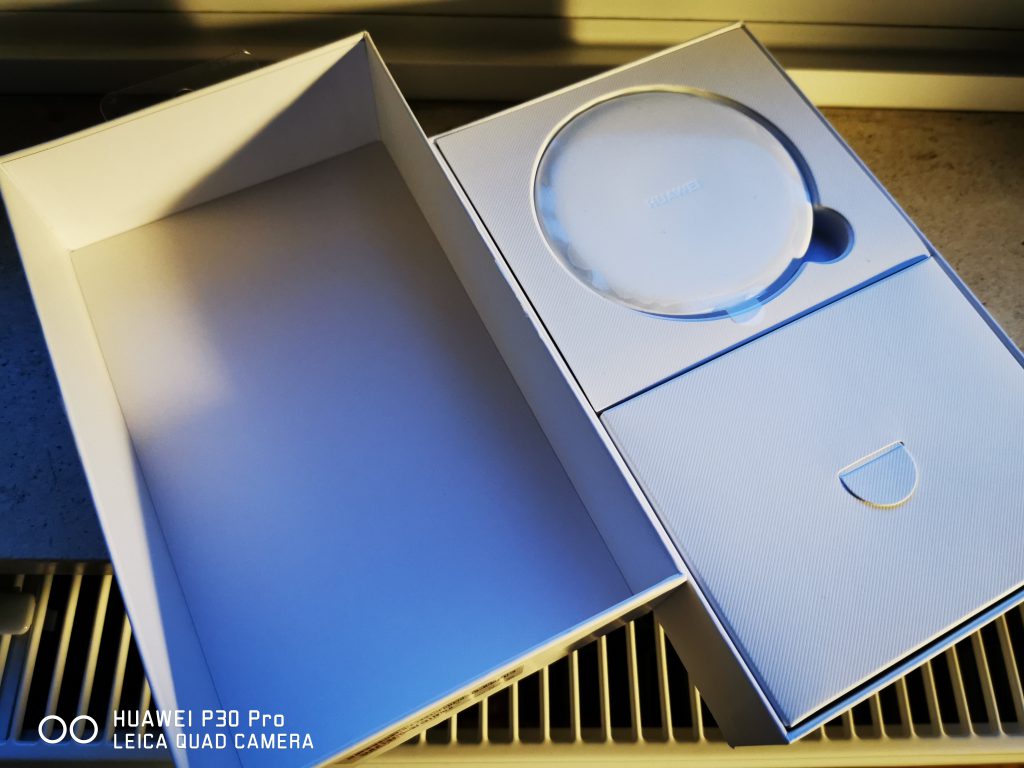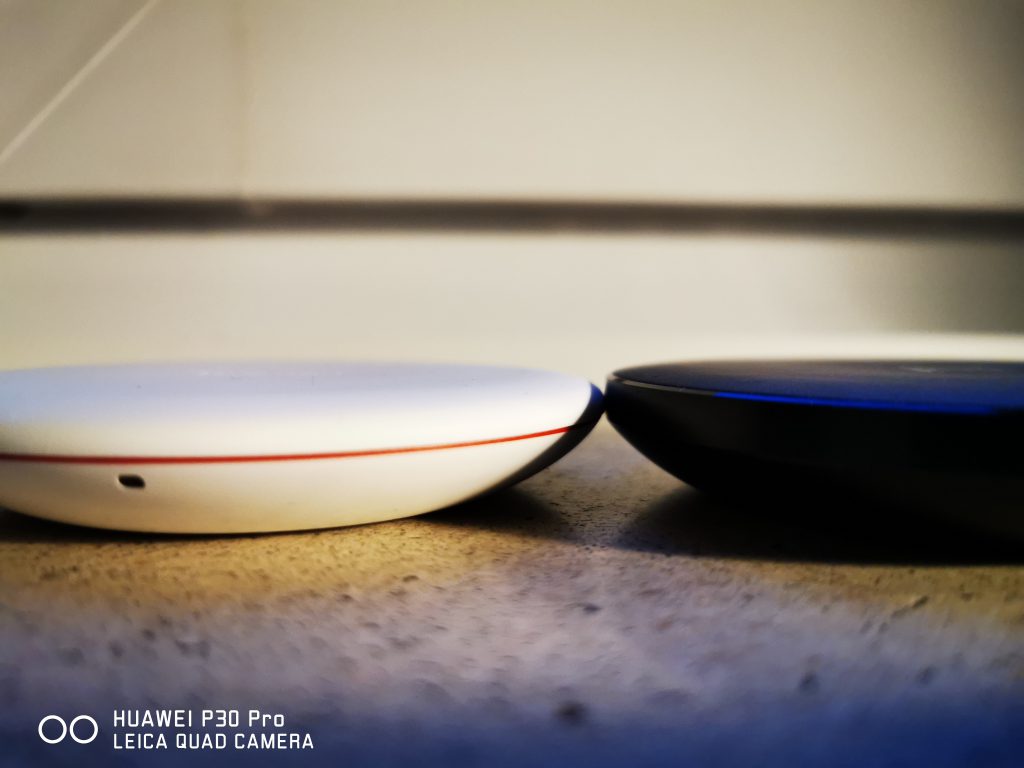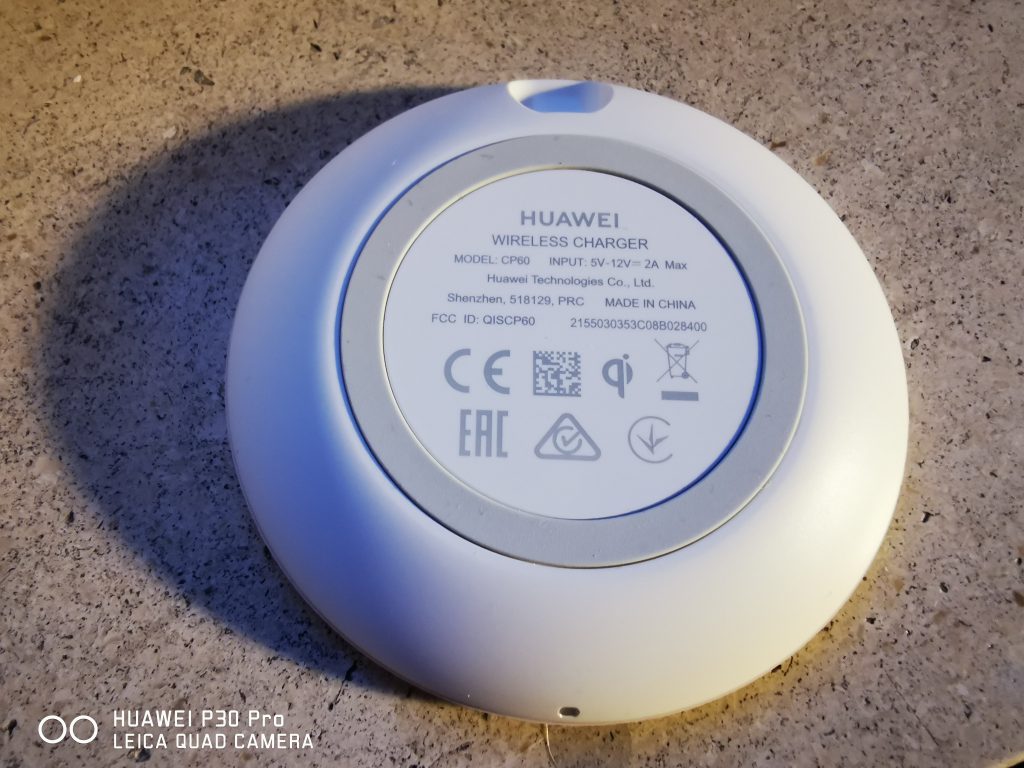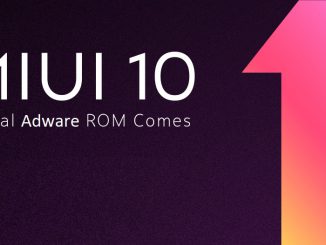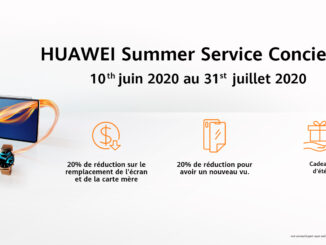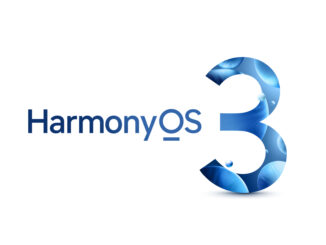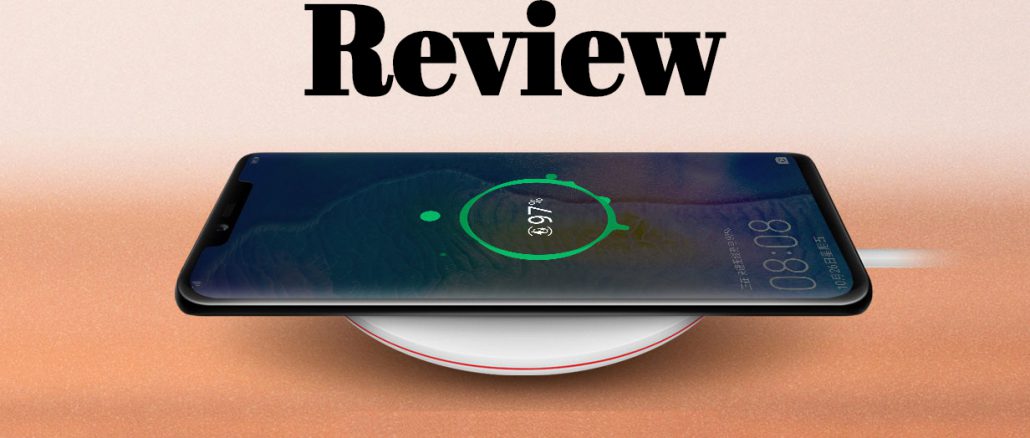
Together with the launch of the Mate 20 series, Huawei introduced a faster wireless charging technology. This is a review of the official 15W wireless charger (CP60) for the Mate 20 and P30 series.
Artículo disponible en Español | Article disponible en Français
In March 2018, Huawei launched their first device supporting wireless charging, the Huawei Mate RS Porsche Design. This device supported 10W wireless charging, the fastest available on a smartphone at that point in time. This was followed with the launch of the Mate 20 series in October of the same year, featuring this time 15W wireless charging. This technology was once again used on the P30 series, and finally updated with the launch of the Mate 30 series in September of last year, this time featuring 27W wireless charging.
In this review, we will be focusing on the 15W wireless charger introduced together with the launch of the Mate 20 series launch, the CP60, and will be using the P30 Pro to review it, device that features the same battery and charging technology as the Mate 20 Pro and Mate 20 RS.
First, in terms of availability and pricing, in Europe, the CP60 is only available in white, and officially retails for 59.99€, although it can be found for cheaper on various online shops.
If we start by looking at the packaging, this one is quite premium, as expected from a Huawei product. However, contrary to the 10W Porsche Design wireless charger (CP85), the box is roughly twice as big, although slightly thinner. This time around, the box doesn’t have as many indications as the 10W model, with just the mention of “Supports Huawei wireless quick charge technology” and “Provides multi-layer safety protection.”. Specifications-wise, the CP60 uses a USB-C port, meaning users can connect the regular Mate 20 Pro/RS/P30 Pro charger to the wireless charger, although, surprisingly, the box supplies us with its own charger.
Now, here comes the first interesting thing: to be able to use the wireless quick charging, a Huawei 40W SuperCharge charger is needed, otherwise, the device will not specify “Wireless quick charging” and just mention “Wireless charging”, which is slower. This 40W SuperCharge charger is supplied in the box, but users having had another high-end Huawei device in the past might be tempted to use their old charger, which is likely not the new one. While, from the outside, they both look the same, one appears to be slightly bigger, and has a different labelling on it, with a clear indication of this “40W”:

For the CP60, the voltage input is 5V-12V at 2A, with the max output being 15W. This wireless charger is compatible with the Qi standard and can thus be used for charging other devices that also support this standard, with compatibility with 10W, 7.5W and 5W.
When we open the box, we are directly presented with the wireless charger, with a box next to it, which contains the charger and the manual. The first impressions are quite good, with the product being quite well built and nice to touch, without any visual defaults. In terms of weight, things slightly change, with the CP85 (Porsche Design) being thicker and heavier. However, the design is still quite good, and easy to integrate to the overall decoration of a desk without disturbing a serious work-centric, organized look, although we’ll miss not having it in black.
As mentioned, the box contains the 40W SuperCharge charger, adapted to our local market, a 1 metre cable with USB on one end and USB-C on the other, the warranty card and a quick start guide. As per usual in Europe, the warranty extends on 24-months, although the usual exceptions are applied, such as user-induced damage or wear and tear.
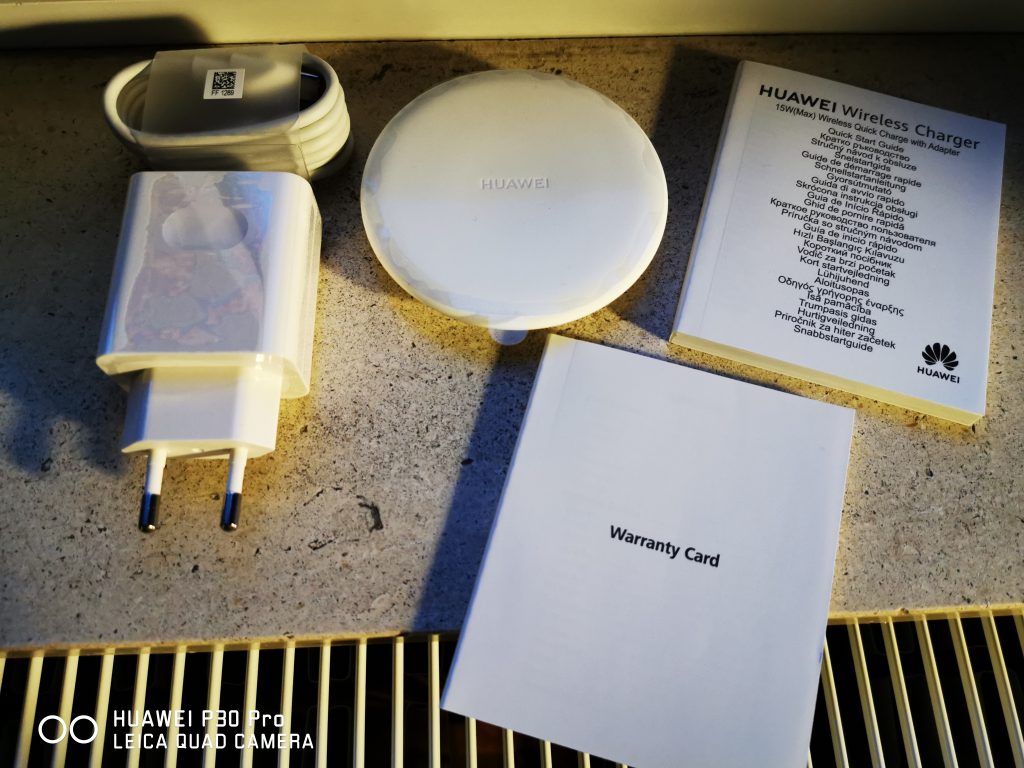
The quick start guide contains the usual information on how to use the product, although there isn’t much to figure out either way. Huawei does recommend avoiding putting “foreign” objects on the wireless charger, such as keys or other metallic objects, although the product should be able to recognize them and not charge. It is also recommended to avoid charging the device with metal cases or anything metallic in between the phone and the wireless charger, such as bank or ID cards. However, it is possible to charge the phone with “thin” plastic or leather cases on, which is how most users will use this product.
For charging, the device must be placed properly on top of the wireless charger, around the centre of both of them, although the phone will vibrate when it starts charging. Furthermore, a series of light indications specify whether the product is working properly or not:
- No light: either the wireless charger is not plugged in or there’s no phone on top of it
- Blinks once: connected to the power supply
- Stays on: phone is being charged or is fully charged
- Blinks repeatedly: an error occurred
Moving on to charging a phone with this wireless charger, which is, after all, its main function, we’ve mostly tested it with the P30 Pro, although, as mentioned, it is compatible with other devices using the Qi standard, such as the Mate 20 Pro or the Mate RS Porsche Design. This one charges properly too, but is limited to 10W.
In terms of charging speed, we’ve done a few runs, going in most cases from 10% to 100%. Of course, if the user interrupts the charging, the end results will slightly vary, with each interruption adding a few minutes. Compared to the 40W SuperCharge wired charging, the wireless charger is much slower. Afterall, with the 40W SuperCharge, one can go from 0 to 70% in barely 30 minutes, while wireless charging is much slower than that.

However, compared to the previous iteration of wireless charging, things have greatly improved. Charging the Mate RS from 10 to 100%, which has a 4 000mAh, required around 2 hours each time. This time, this has decreased to around an hour and 40 minutes, with a margin of about 10 minutes each time, for a battery that is also slightly bigger, at 4 200mAh. During our testing, it took between 97 minutes and 110 minutes for 10 to 100%, with the average being around 104 minutes.
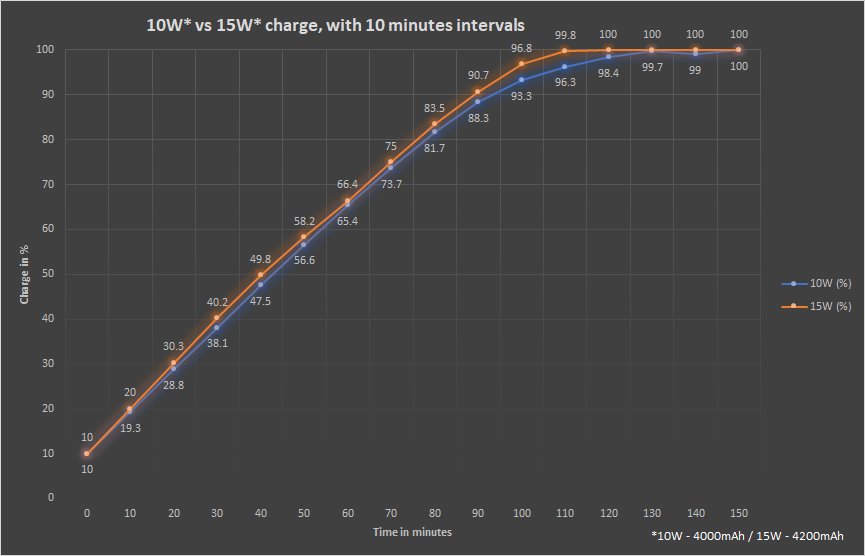
As per usual, we can observe the same charging behaviour as with a regular wired charger, with the charging speed declining as we get closer to being fully charged.
Heat-wise, there’s little to say. First, we do not have the tools for detailed testing, so we can only provide our observations and basic testing, but the device never got uncomfortably or worryingly warm. The same can be said about the charging pad. Once the device is fully charged, both would cool down immediately, although this is most likely down to design. Compared to wired charging, the phone got less warm.
Overall, our opinion of the CP60 is quite positive, with nothing negative to say about it. If anything, the official price of 59.99€ is probably a bit too steep, although it is much less compared to the 89€ that Huawei charged for the Porsche Design wireless charger in 2018. It is also one of the very few, if not the only, wireless charger doing 15W and fully compatible with the Mate 20 Pro, Mate 20 RS and P30 Pro.
We also recommend Huawei users to consider purchasing the official charger to avoid compatibility issues between the phone and the charger, as other products might not work adequately and damage the battery. While at launch, only Huawei sold this wireless charger, it is now possible to find it from third-party shops such as Amazon, which sell it for half the price (30€). It is recommended to invest in a high-quality charger and avoid damaging the battery from the phone, instead of trying to save a few euros by getting a third-party charger that might end damaging the battery and require an out-of-warranty battery replacement.
For those that are looking for a wireless charger for their non-Huawei devices, we can recommend this product without any issues, although make sure the device is compatible first. The recommendations made on the charger here also go for other manufacturers.
Edit: we’ve added two graphs, one with the charging speed and another one comparing the charging speed of the CP60 to the CP85.
More on this subject:
